- Salt C, Morris PJ, Wilson D, Lund EM, German AJ. Association between life span and body condition in neutered client-owned dogs. J Vet Intern Med. 2019 Jan;33(1):89-99. doi: 10.1111/jvim.15367. Epub 2018 Dec 11. PMID: 30548336; PMCID: PMC6335446. (https://pubmed.ncbi.nlm.nih.gov/30548336/).
- German, A.J. Weight management in obese pets: the tailoring concept and how it can improve results. Acta Vet Scand 58 (Suppl 1), 57 (2016). https://doi.org/10.1186/s13028-016-0238-z
- Mosing M, German AJ, Holden SL, MacFarlane P, Biourge V, Morris PJ, et al. Oxygenation and ventilation characteristics in obese sedated dogs before and after weight loss: a clinical trial. Vet J. 2013;198:367–71.
- Cairns-Haylor T., Fordyce P. Mapping discussion of canine obesity between veterinary surgeons and dog owners: A provisional study. Vet. Rec. 2016 doi: 10.1136/vr.103878
- Marsden survey: Lack of portion control could be contributing to pet obesity. 2019 https://www.marsden-weighing.co.uk/blog/pet-obesity-survey-portion-control
SPECIFIC Weight Management App for Cats and Dogs
Managing pet obesity is important but difficult to manage.
Difficult owners and the amount of time needed make this a real challenge.
The SPECIFIC weight management tool is designed to support you in running successful weight loss programmes.
- Calculates feeding amounts that adjust as the pet moves through their weight loss journey, ensuring safe and steady weight loss
- Projects the levels of weight loss providing a realistic view of the likely duration of the programme from the very start
- The app is shared between you and the client - both you and pet owner can see the programme and progress with weight input by either you or the pet owner.
Pet Obesity is one of the top welfare problems for pets.
Overweight dogs can suffer from:
- Osteoarthritis
- Urinary incontinence
- A shorter life span1
- Decreased respiratory function
- Metabolic derangements including insulin resistance
- Negatively affected renal function and health 2,3
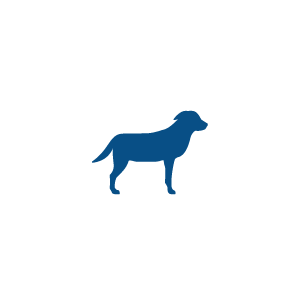
Overweight cats are at increased risk of developing:
- Skin disease
- Hepatic lipidosis
- Oral cavity disease
- Urinary disease
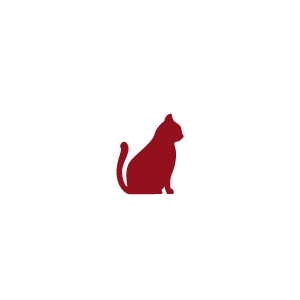
Veterinary professionals are key to managing this serious issue
You have credibility - You may not always feel like it, but your opinion is important to owners - they want and need your help.
Two-thirds of pet owners who agreed with their veterinarian's assessment that their dog was overweight were motivated to pursue weight-loss action.4
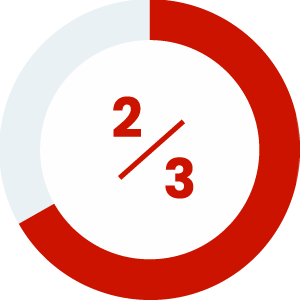
According to a Marsden survey 5, 88% of pet owners responded that if they thought they could protect their pet from sickness, they would cooperate with their veterinarian to help their pets lose weight.
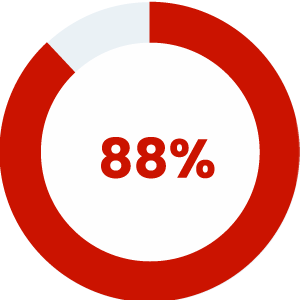
How the SPECIFIC weight managment app can help
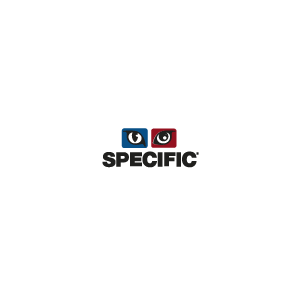 |
The SPECIFIC weight management tool is designed to help you run successful weight loss programmes. |
|
A detailed weight loss programme: Shows weight loss projections based on 1% to 2% weight loss a week, allowing for a realistic assessment of the duration. |
|
| Adjusts throughout the programme: Weight is entered at regular intervals by you or owner, and the feeding amount and weight targets are adjusted to reflect the new weight and weight loss achieved - ensuring safe and steady weight loss. |
|
| Shared programme between you and the owner: Both you and pet owner can see the programme and progress on their own devices with weight input by either you or the pet owner allowing you to see what the owner is doing and wether they remain engaged. |
|
| Motivating visual display: Owners receive a visual representation of the weight loss, either reinforcing their success or encouraging better adherence to the programme. |
|
| Post weight loss advice: A Rapid weight increase following a weight loss programme is frequent. The tool gives post-weight loss feeding portions at the conclusion of the programme, supporting in keeping the weight off. |
How to use the Specific Weight Loss App
- Set up an account for your client on your device.
- Input pets’ weight / BCS / Target weight and diets selected.
- The app calculates feeding amounts and provides weight loss targets based on 1% / 1.5% and
2% weight loss. - You share a link to the programme with your client so they can install their programme on their device – you both now see the same programme.
- At regular intervals the pet’s weight is input - either by you or by the client.
- Based on the new weight the app recalculates feeding amounts based on level of weight lost and
pets new weight – also recalculates the weekly targets – visible by both you
and the client.
Repeat until target weight is achieved - As target weight is approached clients are offered a range of weight
maintenance diets and feeding amounts needed to help maintain
stable weight.
We understand the challenges you face
Owner Challenges
Clinic Challenges
Running the weight loss programme
Even once you have persuaded the owner to begin a weight loss programme, which is no easy
achievement, you still have many challenges
- Owners properly implementing the weight loss programme.
- Sticking with it - Losing weight can take a long time, and one of the main obstacles is
convincing owners to stay the duration.
add
Plan should include detailed feeding amounts, including treats and these adjusted to achieve the desired pace of weight loss
Owners need to understand the duration - even if they accomplish the 1% to 2% loss per week aim, it may take several months.
add
Your cooperation will significantly increase the likelihood of successful weight loss. You can offer advice and encouragement, remind them why they need to pursue this, and you can assist them when they face setbacks and congratulate them when they achieve progress. It is beneficial to focus on the process rather than the goal, especially if reaching the target weight feels challenging, and to celebrate small victories along the way.
add
This is important to see whether they are losing weight at the desired rate and to ensure they are not losing weight too fast. Initially, a weigh in (on the same scale) every two weeks is needed since daily allowance adjustments are going to be needed. Once the desired weight loss rate is reached, this can be reduced to every 3 to 4 weeks.
The veterinary health care team in your clinic is the best place for the pet to be weighed. As you can ensure that it has been properly weighed, but you can talk to them about their progress and offer additional assistance.
You may not have time to conduct every weighing, or the customers may be unable to visit the clinic scales on a regular basis. You can direct them to the scales if you have them in your reception area. If you don't have any, there may be pet shops in your area that have public scales.
Weighing from home can be challenging, but if it's a cat or a small dog, you could recommend that they obtain baby scales or pet scales.
add
Weighing the food each day is ensures the correct amount is being given. If they feed multiple times a day, they can weigh out the entire day's food in the morning and feed from it throughout the day. Measuring cups are inaccurate because they measure volume rather than weight, and the way the kibble falls affects this. There is no better way to measure food than to weigh it each time. Consider putting a kitchen gram scale in your weight loss programme package.
add
Giving treats is an important part of the emotional bond between dog and owner, which is why 83% of owners treat their dog on a regular basis.12 Owners will be worried about their pet suffering during weight loss and stopping treats may be difficult. If you believe that no matter what they will continue to treat, you can give them tips that do not affect the programme.
Giving them treats from their daily food allowance is one alternative. Weigh the food in the morning, then take a handful of the kibble for treats throughout the day. This will not work if their chosen diet is wet.
If unbalanced foods (such as commercial pet treats, chewables, or human foods) are given as treats, it is important to both control the calories provided by them and ensure that they do not imbalance the main diet. A good rule of thumb is to "save" 10% of your daily calorie allowance for treats, while the complete and diet provides at least 90% of the calories.
Vegetables such as green beans, carrots, broccoli, celery, or asparagus could be used as treats for dogs because of their crunchiness and bulkiness.
There are low calorie treats available, but they are not zero calorie, therefore feeding amounts will need to be adjusted to accommodate for the treats.
No food scraps as it is so easy to misjudge the calories. A small cube of cheese or a single bacon rind could contain roughly 100 calories, that is 14% of a 15kg dog's daily calorie intake.
Treats don't have to be food; fuss and attention will often reward their pet with the pleasure they want.
add
Ensure everyone in the household participates in the programme. Each morning, weigh out the entire day's food and only feed from that supply to prevent the chance of double feeding.
add
Owners may want to keep the current diet and reduce feeding amounts. They know the pet enjoys it and are concerned about their pet's well-being, so why change the food? Weight loss can be achieved in this manner, but it will require a reduction in the amount fed, which may lead to feelings of hunger. This will significantly reduce the provision of protein, vitamins, and minerals that are essential for their health. Specialist weight-loss diets are high in protein, low in fat, and high in fibre, and are nutrient-fortified. This means lower energy density so that feeding volumes can be maintained, helping fullness, and guaranteeing appropriate nutrition throughout the process.
SPECIFIC DIETS FOR WEIGHT MANAGEMENT
CRD-1 and CRW-1 Weight Reduction - Wet and dry diets for dogs for the support of weight loss
CRD-2 – Weight Management – Dry diet for moderate weight reduction and the management of weight in dogs prone to weight gain
- Low fat and high fibre result in a low energy density that will allow the owner to feed a considerable amount of food, supporting a feeling of fullness.
- L-carnitine transports fatty acids into the mitochondria and stimulates oxidation of fat and preservation of muscles.
- The higher protein content supports maintenance of muscles and satiation of the dog’s appetite during the weight reduction period.
- Omega-3 fatty acids (EPA and DHA) from fish and krill help maintain normal mobility in joints of obese dogs. Omega-3 fatty acids also support a healthy skin and coat.

CJD – Joint Support – A dry diet for the support of healthy joint function – with very moderate energy levels this diet is ideal for dogs who have both excess weight and associated mobility problems
- Very moderate energy density for support of optimal weight management and maintenance of healthy joints. Contains L-carnitine to stimulate fat oxidation and preservation of lean muscle mass.
- Uniquely high levels of omega-3 fatty acids, EPA and DHA and omega-6 fatty acid GLA for support of a healthy joint function and mobility through support of natural anti-inflammatory processes in the joint and reduced cartilage degradation
- Contains hydrolysed collagen peptides, ß-1,3/1,6-glucans and chondroitin for support of healthy joints by supporting the natural anti-inflammatory processes and reducing the activity of cartilage degrading enzymes. High levels of antioxidants to scavenge free radicals in the joints. High level of manganese, a cofactor in the synthesis of proteoglycans, to support a healthy joint function
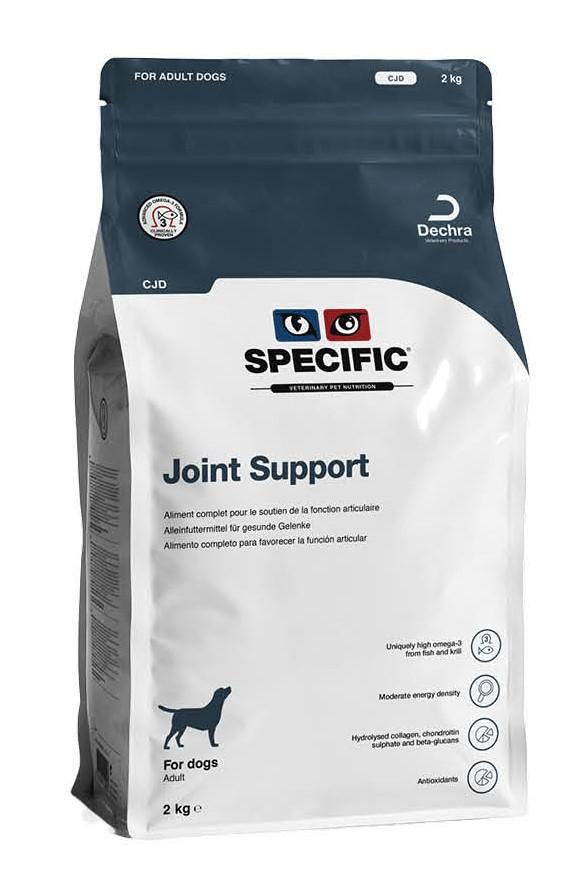
FRD and FRW - Weight Reduction - Wet and dry diets for cats for the support of weight loss
- Low fat and high fibre result in a low energy density that will allow the owner to feed a considerable amount of food, supporting a feeling of fullness.
- L-carnitine transports fatty acids into the mitochondria and stimulates oxidation of fat and preservation of muscles.
- The relatively high protein content supports maintenance of muscles during the weight reduction period
- Omega-3 fatty acids support healthy skin and coat. Omega-3 fatty acids can also help maintain normal mobility in joints of obese cats.
FXD, FXW and FXW-P Adult – Wet and dry diets for adult cats with moderate energy, to maintain ideal bodyweight; high levels of omega-3 from fish; and ingredients to support a healthy urinary tract and to help prevent hairball problems.
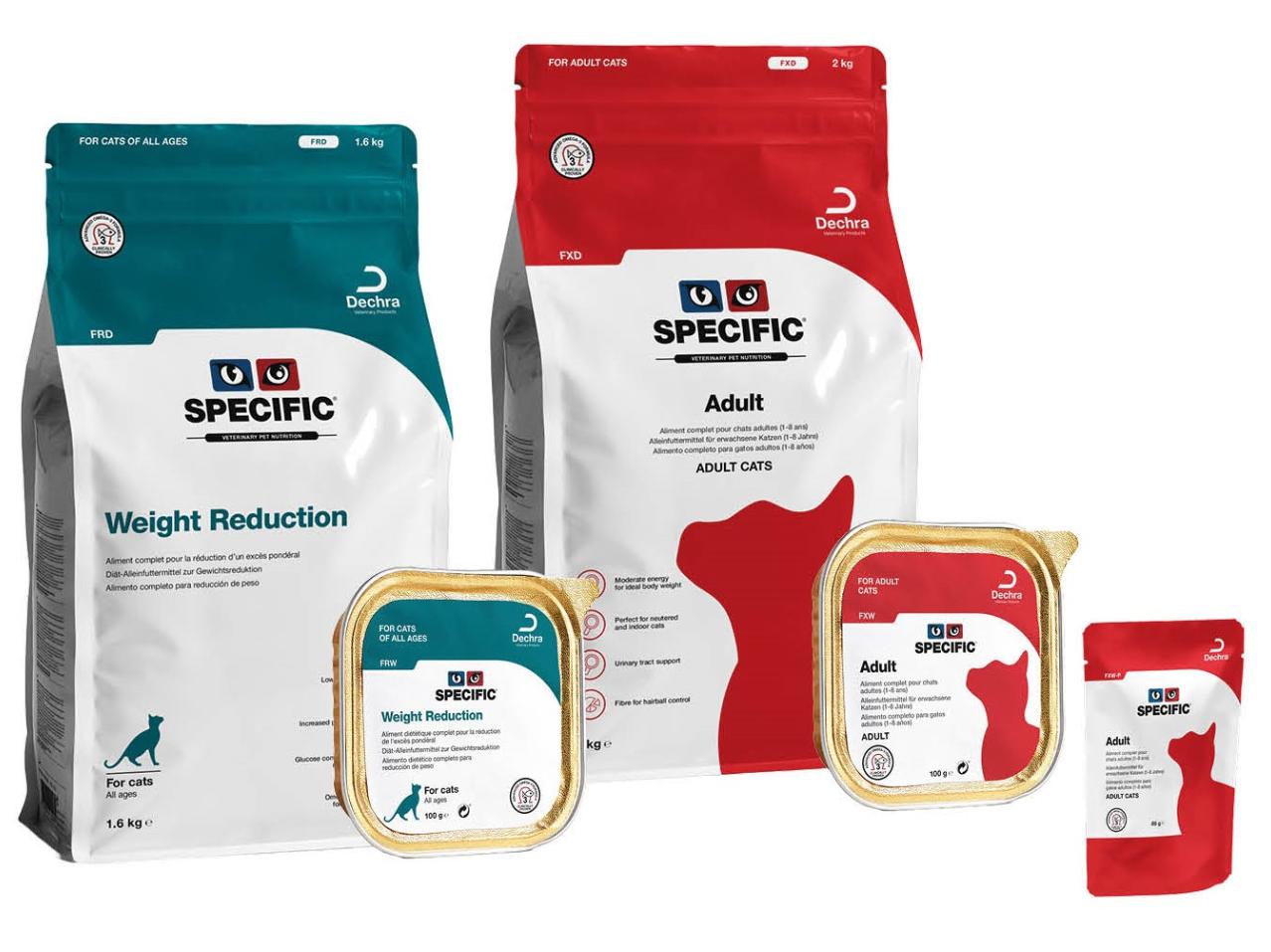
References add

